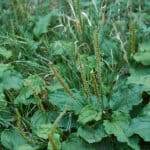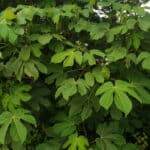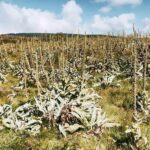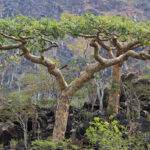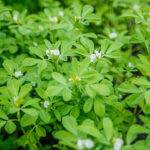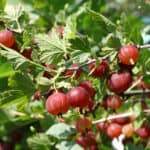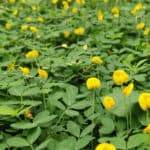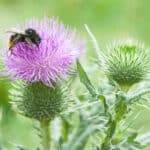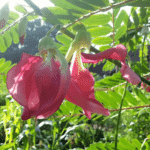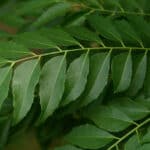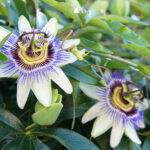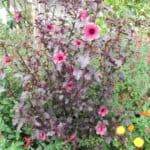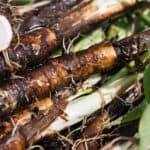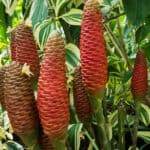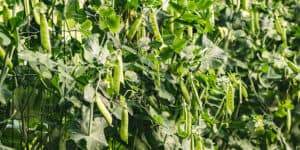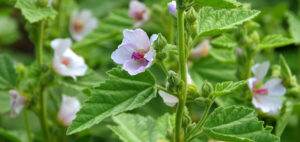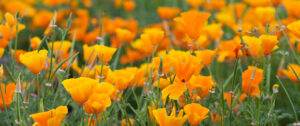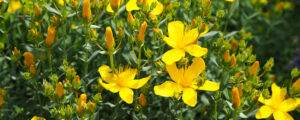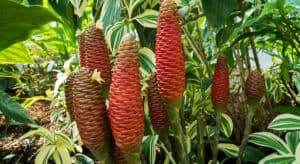What is Kava
Piper Mithysticum, the crown jewel of the pacific! The blessed medicine of the Kanaka! The name “Piper” means pepper in latin and “Mithysticum” denotes the meaning of intoxicating.
Kava or as they call it in the Kingdom of Hawa’i, ‘Awa, is grown extensively for its euphoric and slightly sedating effects, among many many other which I’ll talk about in the following paragraphs. When ingested, the medicine relaxes your muscles and clears your head, leaves you calm and relaxed, loose and still, while still being very focused and aware while judgment is not at all impaired.
I have had the blessing to be very close to this plant for quite some time, and even though I may not be an expert on the matter, I feel a very sacred and deep connection to ‘awa.
Propagating Kava
The native peoples of Oceania would voyage far and wide to inhabit most of the islands of the
Pacific, bringing along with them plants they felt were worthy and useful to their culture and way of life. Taro and “Awa being just two of the many. Because it has been taken from island to island spanning from Indonesia and Fiji, to Bora Bora and everywhere in between, there are vast varieties. The two major differences are in the Noble (selectively cultivated) varieties and the Tudei varieties. Both have almost lost the ability to produce seeds and are propagated almost exclusively by root division and cloning. There is also wild ‘awa which produces seeds but is not used because its medicinal content is quite low. Although breeding with wild varieties would help the cultivated varieties to regain their ability to produce seeds and to create new varieties. Like I always say, genetic variation is extremely important for biodiversity.
Apart from taking root divisions, you can bury the stems. Make sure that at least three nodes are underground and in a few weeks the cane will have new roots and a few new shoots. Every variety is different and Tudei varieties are much easier to propagate.
Tending to the Princess
A native to Oceania, ‘Awa will not tolerate the cold and is a true tropical gem. She likes fertile soil which drains well. Piper Mithysticum is a perennial and will grow for decades, if not centuries. While I was in the kingdom I had heard of rumors, because some varieties cannot produce seed, vegetative propagation was the only way, and these plants were as old as time itself, that some plants witnessed how the colonizer James Cook had met his rightful death.
Handed down from generation to generation they would propagate and keep the specific phenotype in the family. Over time, and I mean a vast amount of time, something like hundreds of years, the once identical varieties would adapt to the different landscapes and climates that they had been taken to. This is how genetic morphology happens in this species without any sexual reproduction.
Farmers would also select favorable traits in specific varieties and push the genetics without ever loosing the specific variety. It is a vast ancestral science, this kava business.
What Parts and When to Harvest Kava
All parts of the plant above ground are poisonous and will induce upset stomach, vomiting, and nausea if consumed. Lateral roots (Waka in Fijian) are the highest quality material that can and shall be harvested.
Ideally, plants after the 4th year should be uprooted and harvested. Generally speaking, the older the better and thicker the roots. This is a sword with two edges as the older the plants get, the higher the chance of fungal and microbial diseases gets.
Some cheeky farmers will even harvest their 2 to 3-year-old plants. I generally don’t agree with this cause the kavalactone content is minimal in the roots, yet is pest-free and can still be sold in markets as a premium “looking” product.
To harvest the laterals, you have to carefully dig up the whole plant and cut away all the long stringy roots. The basal root can also be used but contains more toxic compounds like the plant above ground. The basal root is generally regarded as inferior due to those toxins, although is more sedating and stronger in kavalactone content.
Processing and Enjoying Kava
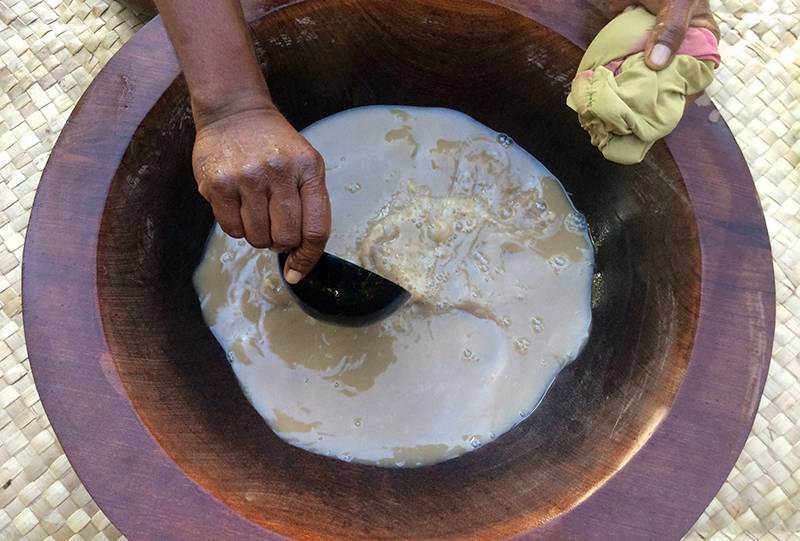
Once the lateral roots of four-year-old plants are harvested, then comes the hardest and most strenuous part. Peeling! Peeling is super important!
It is so important that in countries like Fiji and Vanuatu, where a substantial economy is generated by the export of Kava root, it is explicitly said in legislation that the only product considered kava root is “ Peeled lateral roots.” This is the purest and cleanest quality of kava. The peels, while containing a lot of active ingredients, also contain alkaloids which will most definitely cause nausea, upset stomach, bloating and vomiting. In ancient times Hawaiians used unpeeled “ traditional” Awa roots for contraceptives. Imagine, the potency!
After harvesting and peeling, most would go about drying and pulverizing the root. The peels are also saved by some, because, as mentioned before, they are quite potent, although not considered a premium product. I personally discourage anyone from consuming anything which comes from the basal root, or the peels. The best medicine comes from peeled lateral roots.
You can see the difference in the dried product. If it is golden, tannish, yellow then it is most likely very diligently peeled, if it is a darker, mud brown, then more peels, which are darker than the heart roots, are present.
Traditionally, you make a type of drink with kava which suspends all the medicinals in lukewarm water. It is important not to brew kava with hot water because kavalactones degrade rapidly in the heat. Kavalactones are a base on the pH scale, so using slightly acidic water will make extraction much easier.
What you do is take your dried pulp and put it in a cheesecloth, and suspend it in water while massaging the contents into the water. The cheesecloth is important because the root fibers sometimes cause upset stomach. One should generally strain through cheesecloth at least twice to remove all fine particles and sediment.
Keep massaging till clean or generally clean water comes out when you squeeze the cheesecloth. Exact ratios will vary, but 8 oz of premium-grade powder makes about three gallons. This strength is the “commercial” strength, while some families like to drink their kava much more potent. I wouldn’t go above 12 oz per 3 gallons, but that’s just me.
This murky lukewarm drink doesn’t look inviting at all. I have had to say a thousand times, this is not a cocktail, this is medicine. We don’t drink medicine for its flavor but for its beneficial properties.
Uses of Kava

Kava is most popular for its slightly sedating effects, but there is so much more to it than that in the magical plant. When ingested, the kavalactones will generally soothe your nerves, relax your muscles, and my favorite part is the fact that it is a social stimulant. I remember one of the first times I went to an ‘awa bar I didn’t know anyone and sat down to drink an apu (Hawaiian for a cup/bowl made from a coconut shell, roughly 16 fluid oz) of ‘awa. I drank my first one in silence and not interacting with anyone around me. Now with one apu, you start to feel relaxed and easy, but after two or three is when the medicine really kicks in. After half of my second apu is when I realized I was having a full-on conversation with a complete stranger about chess and how we should play. “The kavalactones break down barriers of distrust and open up your heart to the possibilities of the universe.” 🙂
There has been research that states that it also helps with ADHD and other modern-day “disorders.”
DO NOT MIX WITH ALCOHOL. If you do, then you will have a horrible hangover. Not only that but also its super heavy for your liver and kidneys. Plus, if you are drinking kava, you don’t need to drink alcohol 🙂
All in All
Kava has been cultivated and used for centuries and will continue to be. Some sources say that kava was given to us by the gods to self-medicate and alleviate pain, stress, anxiety and much more. It is a powerful medicine and should not be overused, as there are alkaloids that stress your liver and kidneys, as previously noted. However, most of those are prevalent in the peels, which should be peeled. Fiji, Tonga and Vanuatu have an international standard on what is allowed to be exported. I recommend those, especially the Fijian, for it is my favorite and most uplifting and it keeps my head clear. The Vanuatu is a bit more deranging and gets you in a slight internal trance, while the Tongan is a mix of both but, in my humble opinion, a bit mellower. Unfortunately, there is no state standard for Hawaiian ‘Awa so when you go to an awa bar, if the concoction is a bit darker than a sandy golden color, then peels are also used. This is referred to as the traditional Hawaiian preparation and I respect it, but I do not enjoy it. There are a few awa farms that peel their roots. Did I mention that peeling is the most meticulous part of all and the hardest process of all, I completely see why someone would “skip” this process. Truly daunting.
So, if you are looking for a chill time with some friends while you enjoy a friendly and potentially controversial conversation while your muscles relax and your tension levels ease, than look no further than a Kava bar. If you live in a climate that can easily harbor avos and bananas, you can grow this majestic jewel.









